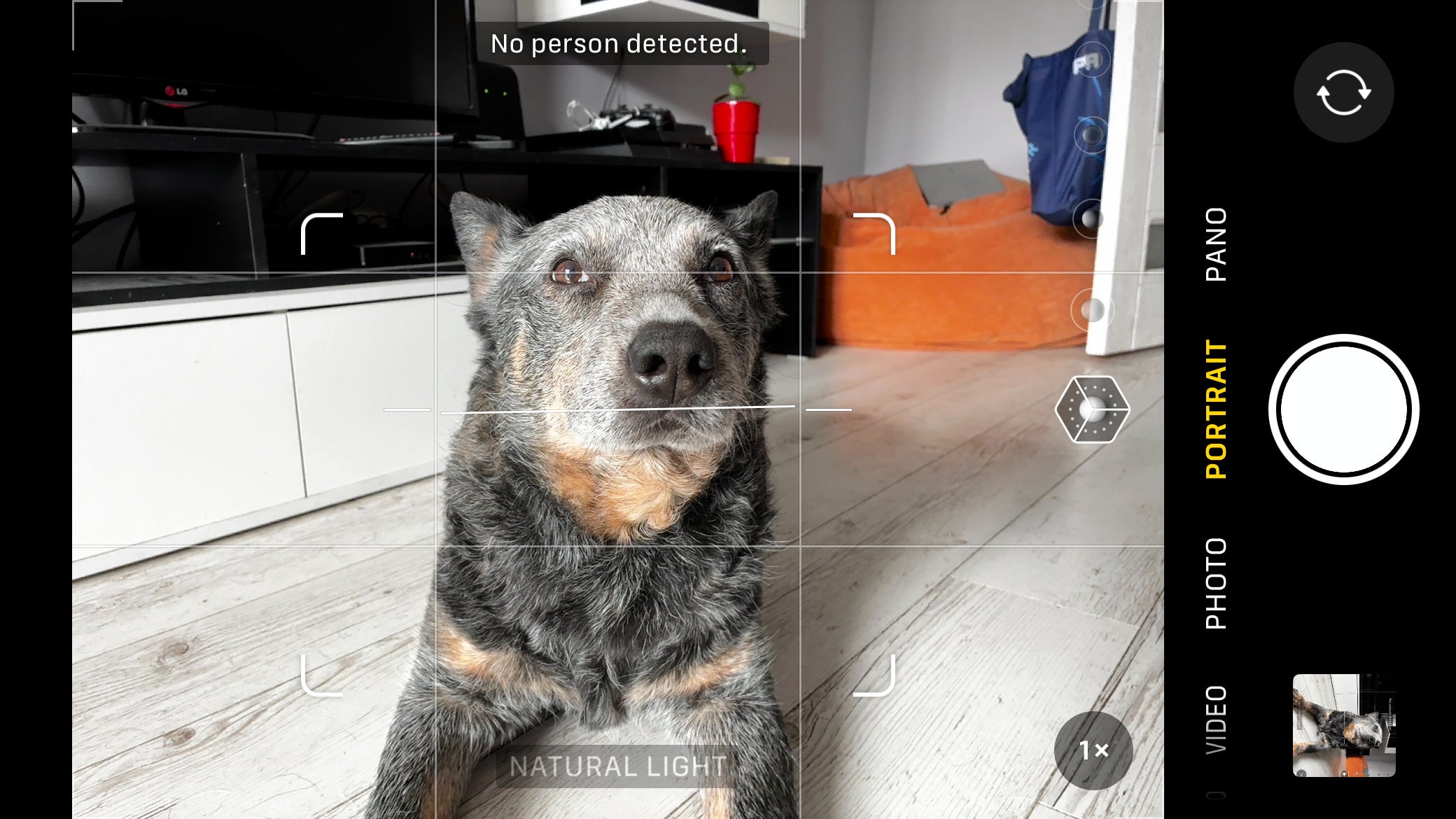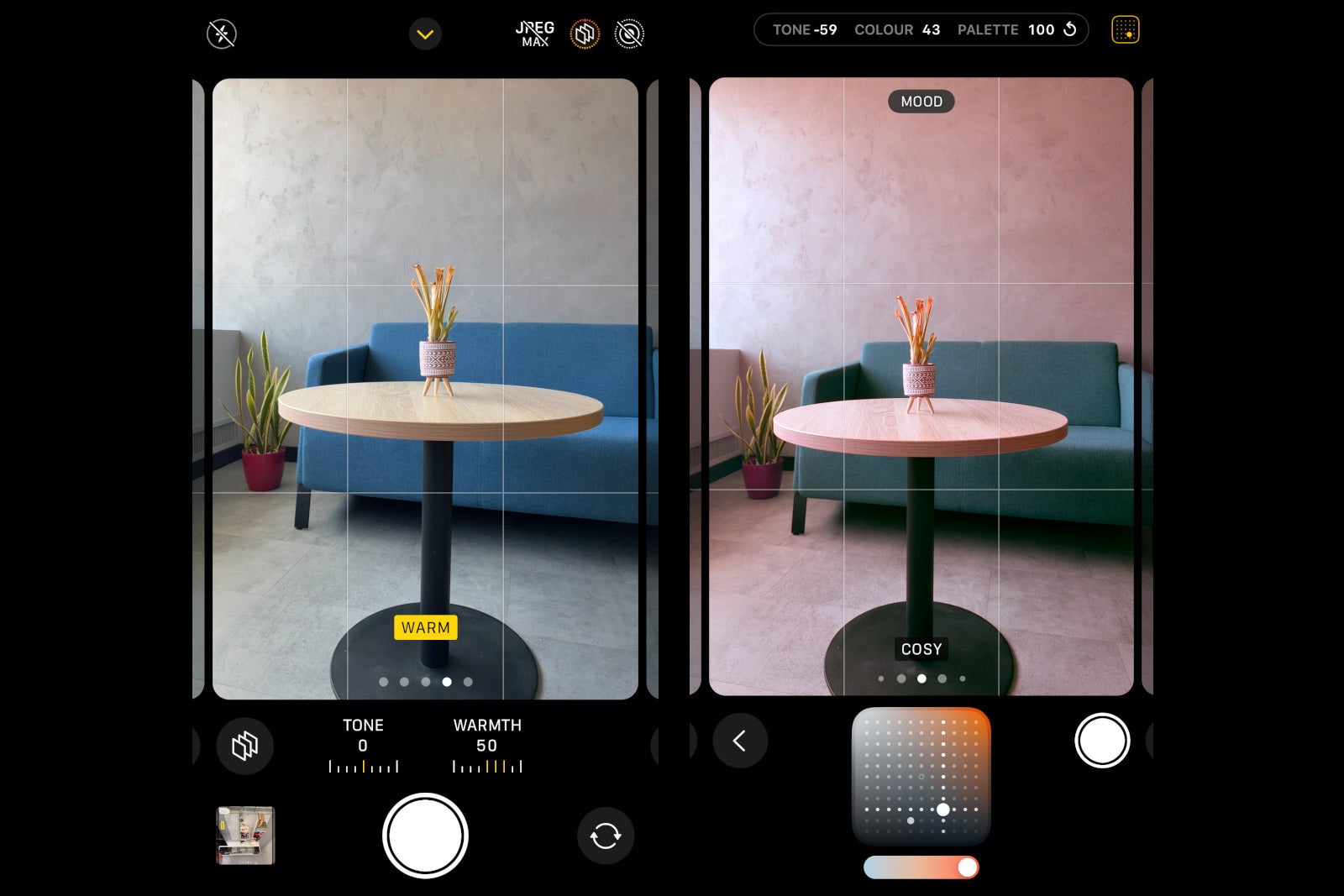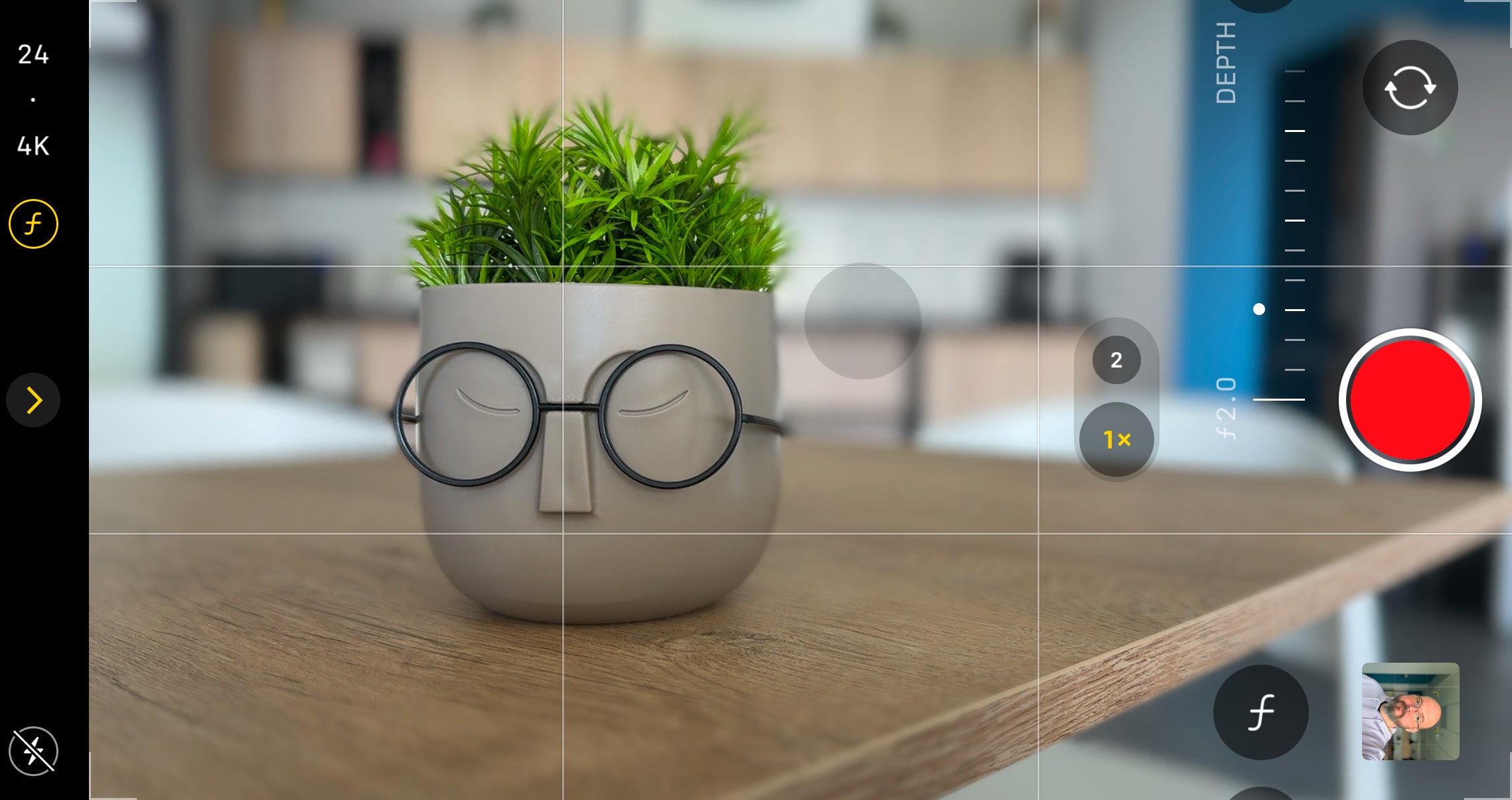Of course, some corners had to be cut, one of which was the camera module. No zoom lens, no ultrawide camera, the iPhone 16e is back to the classic smartphone era where we only had the single camera on the back.
Still, it has a 48 MP sensor, which sounds like it’s the same spec as on the iPhone 16, and Apple gives us some of that new “lossless zoom” by cropping into the high-res sensor. So, again, it sounds like there’s not much to miss here.
But, when digging a bit deeper, you can find that the iPhone 16e camera is not exactly the same as the iPhone 16 camera. In fact, it has a few downgrades — arguably, some of them are there simple for the sake of being a downgrade, not that the hardware can’t support them.
What are they?
The sensor is smaller

Not all 48 MP cameras are made the same. Yes, the number of pixels is the same, but the size of the are they’ve been arranged over also matters. Bigger sensor equals bigger pixels. The iPhone 16 has a 1/1.56″ sized sensor with 1.0 μm pixels — not huge by DSLR camera standards, but quite big when you consider the amount of digital trickery and pixel binning that a smartphone does.
The iPhone 16e sensor, however, is around 1/2.55” big, with 0.7 μm pixels. So, about 30% smaller individual pixels, which means more noise and a diminished ability to collect light in less-than-favorable conditions.
What this means in the end is that the iPhone 16e will boost exposure in postprocessing more often, leading to things like slight color shifts (the classic yellow hue from old iPhones!), and will have more aggressive sharpening and noise reduction. In the sample above, we can see the iPhone 16e doing a bit more digital sharpening, and also the iPhone 16 has a slightly creamier natural bokeh — that’s another effect of the bigger sensor.
No pet portrait photos!

This one took me by surprise when taking samples with the iPhone 16e vs Galaxy A56. In 2025, it’s so common that you can take “Portrait Mode” photos of anything, that it slipped my mind that the “budget” iPhones are a different breed.
So, just like the iPhone XR from years ago and the iPhone SE, the iPhone 16e will only activate the faux bokeh effect in Portrait Mode if it detects a human face. Is there a technical limitation, due to the downgraded hardware?
You could argue that the more expensive iPhones use their secondary lenses to more accurately detect depth fields, so they can make any scene into a Portrait Mode picture. I’d say the software and algorithms are far beyond the need for that — it looks more like a deliberate limitation.
The old and limited Photographic Styles

Old Styles on 16e vs new Styles on 16 (Image credit – PhoneArena)
Photographic Styles is a pretty niche feature. When they were first introduced, they barely let you control the camera’s output with two sliders — one for contrast and one for color temperature.The iPhone 16 generation came with upgraded Photographic Styles — they come with multiple presets and each preset has specific things that you can control. Like color saturation, or the pop of specific colors, the contrast of a black-and-white filter, or the vibrancy of an old-school looking Style.
So, again, it’s a bit of a surprise that the iPhone 16e, which has the same processor as the other iPhone 16 models, doesn’t support those. Yes, it has one less GPU core than an iPhone 16, but I find it hard to believe that this is the one make-it-or-break-it hardware cutback that limited the iPhone 16e to the old style.
No Cinematic Video

It should come as no surprise — the Portrait Mode of the iPhone 16e is pretty limited, so there’s absolutely no Cinematic Video mode (Portrait Mode for video). Considering the target audience for the iPhone 16e — people that are not camera phone powerusers — it’s probably not a huge loss. But don’t let the marketing for other iPhone 16 models make you believe that the 16e has that.
The good news is that the iPhone 16e does have the Audio Mix option in the video editor tool. Audio Mix lets you clean up background noise in video, focus in and boost a speaker’s voice volume. Pretty cool tool for startup vloggers, or anyone wanting to dabble into “iPhone movie making”.
Optical Image Stabilization
I left this one for last because it’s probably not a huge deal. For years now, all iPhones have used Sensor Shift Stabilization. Meaning that the sensor is mounted on a floaty platform that has some limited movement, so it can allow you to bob and weave and shake your hands, while providing mostly stable footage (to some extent, of course, you can’t go wild with it).
The iPhone 16e is different as it uses the more common Optical Image Stabilization.
Most smartphones have Optical Image Stabilization, which moves the lens instead of the sensor itself. Theoretically, Sensor Shift has the potential to be the superior option as it can adjust position more times per second, and more accurately. However, for small cameras like the ones we have on smartphones, it’s very hard to perceive any difference between Sensor Shift and Optical stabilization.
What is worth noting is that the iPhone 16e does not have Action Mode, which allows you to go pretty wild with the camera and still get very smooth video. However, the 16e’s lack of Action Mode isn’t due to the choice of stabilization method — it’s simply because Action Mode uses the ultra-wide camera with a deep crop-in to achieve the ultra-stabilized effect, as it has more of the frame to work with.
The good news
OK, so the camera has a few features and performance metrics shaved off. Should you cross the iPhone 16e off your wishlist?
Well, the camera is still at an above-OK level. It’s hardly “worse” than an iPhone 16 main camera, just slightly more… picky. As mentioned, you still get the Audio Mix editing tool, which is awesome. And the selfie camera appears to be the same one you get on any other iPhone 16 model, including the Pros, so there’s that.











